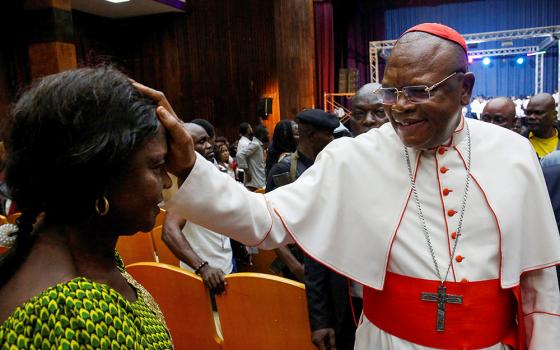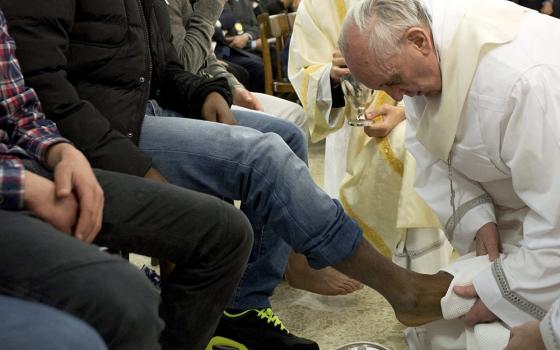The Society of St. Vincent de Paul is looking to bring people living in poverty together with business leaders, social service providers, government agencies and faith communities under a new neighborhood-based initiative to find long-term solutions to the challenges of being poor.
The Neighborhoods of Hope effort is seen as a way to address the needs of struggling people by hearing from them and then developing a program to address a community's specific needs, explained Jack Murphy, an Atlanta business management expert who serves on the society's National Council.
"We want to concentrate on specific geographies where we can have an impact. Let's be sure we're doing things that do matter in the community," Murphy told Catholic News Service.
"There's a community organizing element to this. What we hope to accomplish is true partnerships to solve problems and not people at opposite ends of a power base struggling to communicate," he said.
The initiative represents a change in culture for the society, which has long built its brand on developing one-on-one relationships among Vincentian volunteers at the parish level with individuals and families in need through home visits.
The home visits will not end, but Neighborhoods of Hope is being developed as a way to build connections between the people the society serves and wider resources with the goal of actually reducing poverty, said Michael Pazzaglini, executive director of the society's Diocesan Council in Dallas.
"The home visits will help illuminate where we need to focus," Pazzaglini told CNS.
Murphy said details of the effort continue to be refined. In the end, he said, its purpose is to give a voice to low-income people who are experiencing everyday challenges of hunger, unemployment, low-wage jobs, inadequate transportation to get to work, the inability to pay for child care or the lack of affordable housing.
The National Council shared the concept with Vincentian leaders during a workshop at the society's midyear meeting March 22-25 in St. Louis.
The program will see local steering committees being formed from among various parties concerned about the needs of a particular neighborhood. Murphy said it would take about six months for a steering committee to form once a community is identified by a parish conference, as local units of the society are known. It may take up to three months just to identify a neighborhood on which to focus.
"The idea is to identify a neighborhood that is under-resourced, but has enough infrastructure for us to build on," Murphy explained.
"It's all about moving the needle on poverty," he said. "It means that we are using poverty statistics to help us evaluate and align all of our program areas as well as to develop new programs that are going to actually lift people out of poverty and that is going to be noticed."
Individual parish conferences will decide whether to take up the model.
"We're not going to run it," Murphy said. "Our job is to try to bring this model to those already doing work in that area and augment it with some of the missing factors in many communities, (such as) the business community sitting at the table with the neighbors."
The plan is to eventually take the Neighborhoods of Hope initiative to rural communities as well, Murphy added.
Pazzaglini is excited about what can result from the initiative.
He identified Lancaster, Texas, a predominantly African-American city of 38,000 about 15 miles south of Dallas, as a community where the society is attempting to reduce poverty. U.S. Census Bureau statistics show that about 17 percent of city residents are poor.
Pazzaglini said residents in the neighborhoods served by a small food pantry the society operates in the town seem to be willing to step up to have their voices heard. The society plans to expand the food pantry in cooperation with Catholic Charities of Dallas and the North Texas Food Bank. With a wider base of clients, more people can be identified to join the effort, Pazzaglini said.
"The idea is to get to the key gaps that we are seeing," he said. "We're not doing this to people. We're doing this with people."






